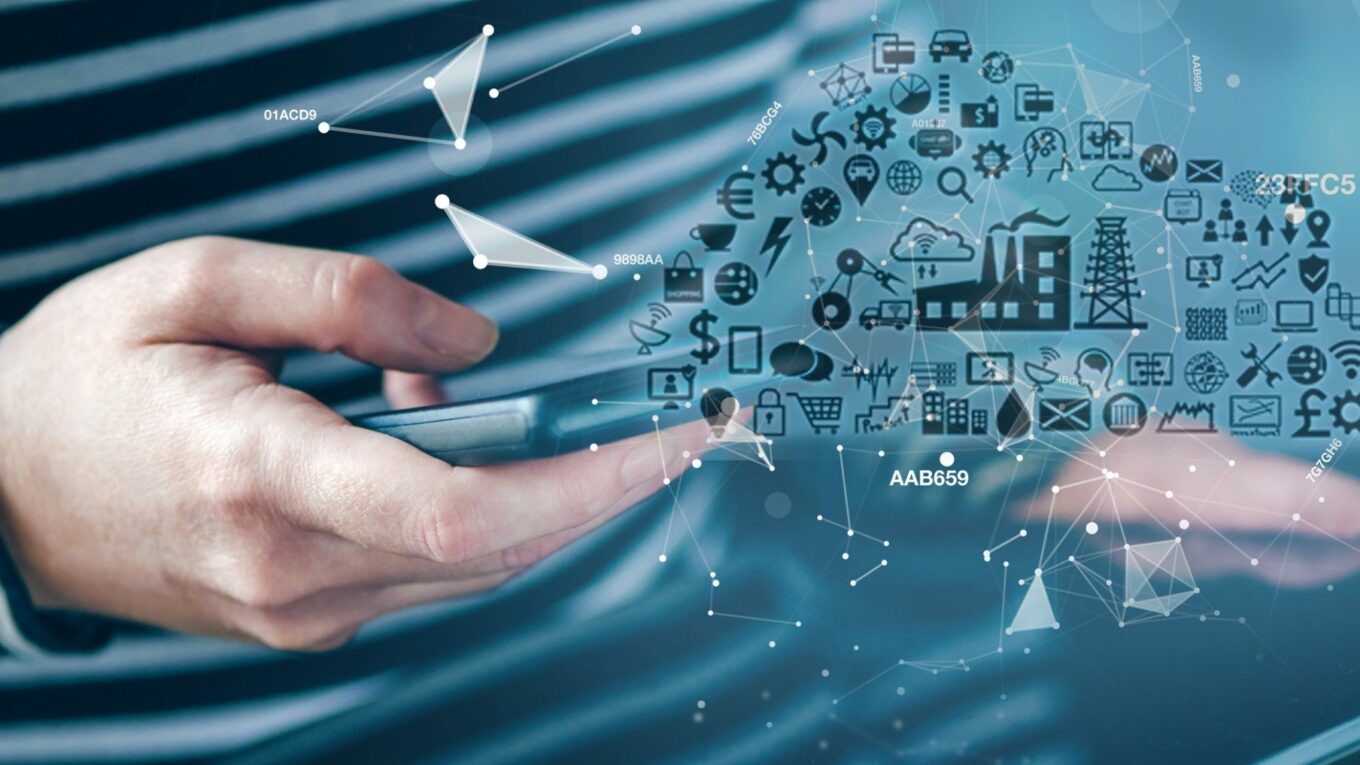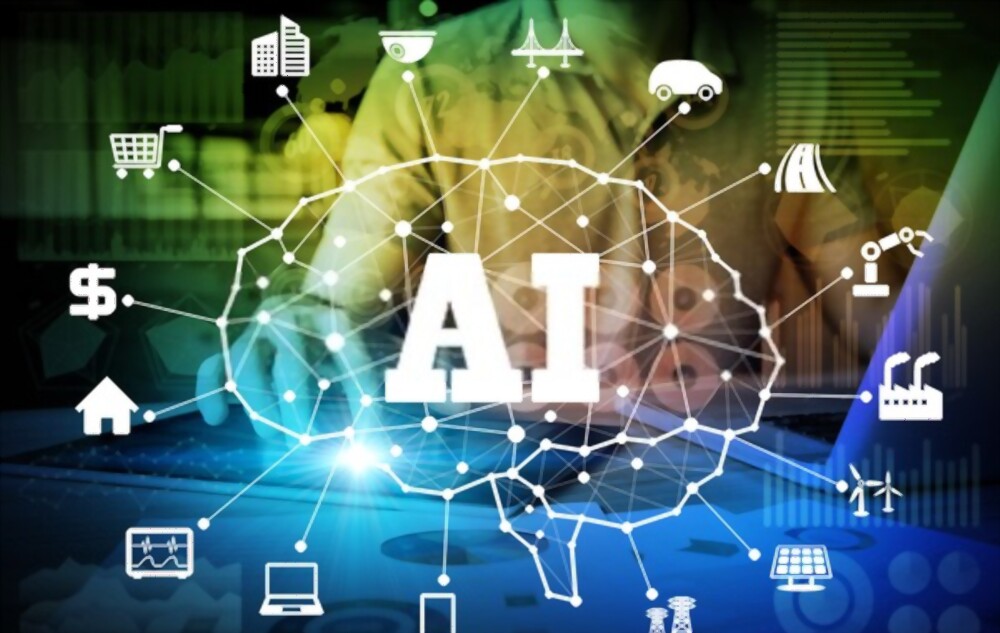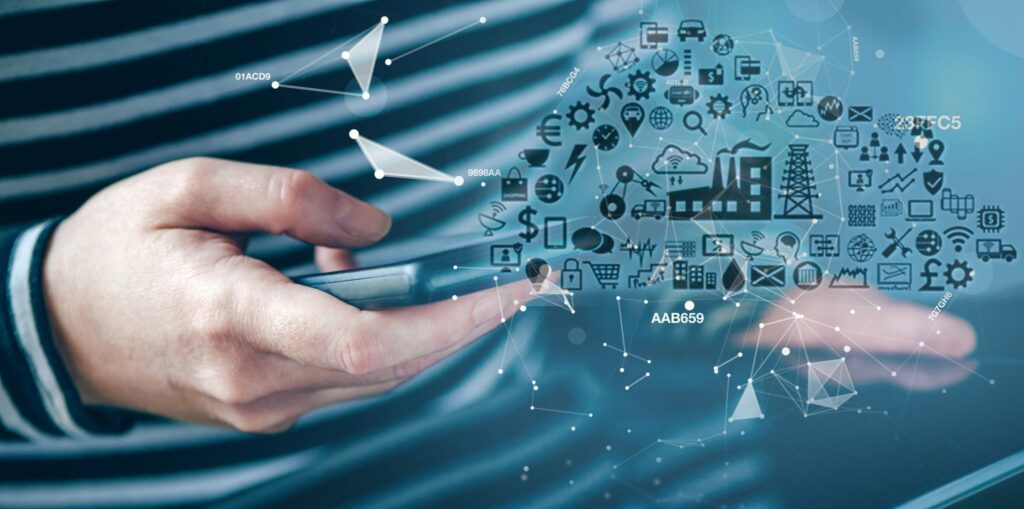Ways AI is Impacting the Different Aspects of Manufacturing Industry
According to Business Insider, manufacturing in IoT (Internet of Things) and AI (artificial intelligence) applications is witnessing another massive boom with an estimated annual IoT market of $2.4 trillion by 2027.
In addition to obvious applications such as automation and robotics, artificial intelligence systems can optimize manufacturing processes, send early warnings, contribute to quality control and quality control, and predict machinery equipment failures. The key is to collect the right data, and by doing so, manufacturers can develop innovative Artificial intelligence Applications, setting themselves apart from the competition.
Before AI engineers can begin training their machine learning models, they typically spend 75% of their time only processing raw data. Note that in order to train a machine learning model running on IoT devices, you must have a dataset or series of datasets that reflect the actual conditions and situations you will be working with when your application is active.
Many organizations adopt various AI algorithms for their Industrial IOT Application Platform for real-time decision making. It is important to understand that data is king when it comes to AI-based applications. The most important aspect of leveraging AI for an organization to optimize and gain insights is collecting, cleaning and generating unique data.
Also Read: Data Cleaning Techniques in IoT
One of the goals of AI-based manufacturing is to carefully access the workflow of various industrial machines and improve their automation processes.
Let us understand more broadly how AI technology is affecting various aspects of manufacturing.
Edge AI for embedded systems
Edge artificial intelligence is an important subdivision of general AI development in the world of manufacturing.
As with most IoT solutions, a back-end server receives data across multiple connected devices and sensors over the Internet. The servers or servers host machine learning algorithms that process the data in a way that provides AI solutions.
The problem with this AI architecture is that multiple devices may start overloading network traffic, or you may be using a network that is already in use. Under these circumstances, sending data to a centralized server slows down processing times unacceptably. This is where Edge AI shows its value, as less complex machine learning and AI processes can be performed locally on hardware devices.
Edge AI is important to many industries. An example is autonomous cars, where Edge AI can reduce the use of electricity in the battery. Surveillance systems, robotics, and many other industries also benefit from edge AI models.
The promise of knowledge distillation concept
By using techniques such as reinforcement learning, a neural network can learn to produce the expected results. At this point, a smaller network already learns to produce results similar to those led by the larger network. The scale of this small network is much more suitable for peripheral devices such as mobile devices, sensors, and similar hardware. Knowledge distillation can reduce the footprint on edge devices by up to 2,000%, reducing the power, physical constraints, and equipment costs required to operate the network.
Machine learning for predictive maintenance
Predictive maintenance is a particularly useful area to have an impact on machine learning and AI construction. In fact, according to research by Capgemini, around 30% of AI implementations are associated with the maintenance of production machinery and equipment. This makes predictive maintenance the most widely used application in construction today.
The two most important advantages of ML-based predictive maintenance are its speed and its accuracy range. AI can quickly and accurately identify mechanical issues to enable correction before breakdowns and failures occur. For example, General Motors uses cameras mounted on its assembly robots, and by using them, it was able to detect dozens of component failures in a group of more than 5,000 robots, thus avoiding the possibility of outages.
Future of manufacturing
It is no exaggeration to say that the future of manufacturing is almost synonymous with the future of IoT-based AI. In 2019, there were an estimated 8 billion IoT devices, but there will be an estimated 41 billion by 2027, and most of that growth will be in manufacturing. The valuation of AI in manufacturing is expected to exceed fifteen times, from about $1.1 billion today to more than $16 billion by 2026.
All the features of efficient production – standardization, economies of scale, task automation, specialization – are aided significantly by machine learning and artificial intelligence solutions. Thus, AI embedded in IoT devices will inevitably continue to find its way into all major manufacturing processes for years to come.
Computer vision for quality control
The automotive and consumer product industries face demanding requirements from regulatory bodies, and maintaining compliance with those regulations is one area where AI and machine learning can shine. The cost of high-quality cameras is falling every year, while AI image processing and recognition software continues to improve rapidly. As a result, AI-based inspection methods have become increasingly attractive to businesses.
The automotive industry, in particular, has embraced this technology, with German automaker BMW leading the way. BMW uses an Artificial Intelligence Application as the last step in its inspection process, comparing your newly built car with the data and specifications from your order. Nissan is another automaker making significant strides in incorporating AI visual inspection models into its quality control processes.
Impressive use of data analytics
In manufacturing, it can be used to predict final quality early in the process, reduce machine downtime through predictable maintenance, and monitor assets in real time. In product development, it can be used to build web and mobile applications for end users, inform future product requirements, and wirelessly develop, deploy, and update product code.
In financial services, it can be used to automate credit approvals, automatically detect fraudulent transactions, and optimize collection outreach and processing. In sales and marketing, you can automate customer segmentation, prioritize sales leads, and identify cross-sell/up-sell opportunities.
In this age of technology convergence and digital transformation, manufacturers must adopt an open architecture approach that combines data analytics and AI, computer-aided engineering, and high-performance computing (HPC) to create innovative and sustainable products for long-term business competitiveness.




6 thoughts on “Ways AI is Impacting the Different Aspects of Manufacturing Industry”